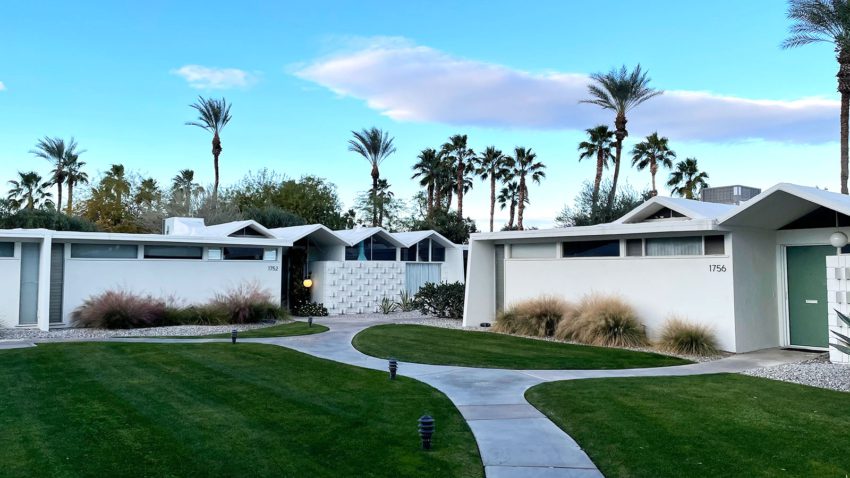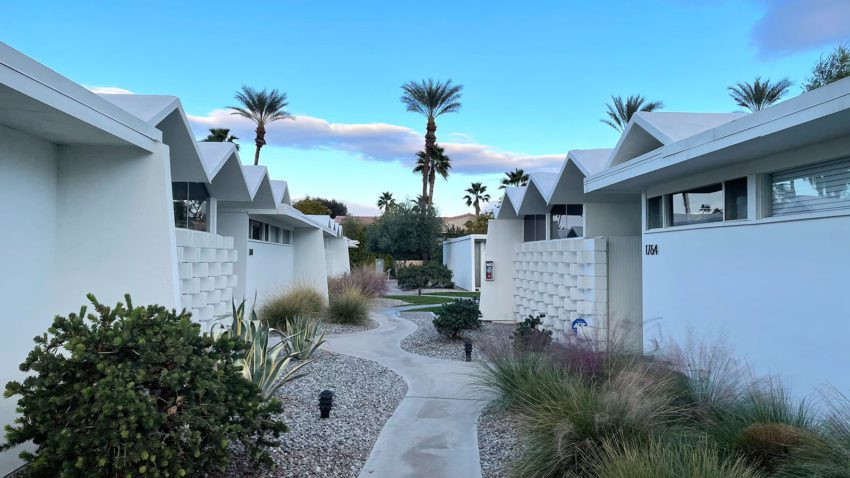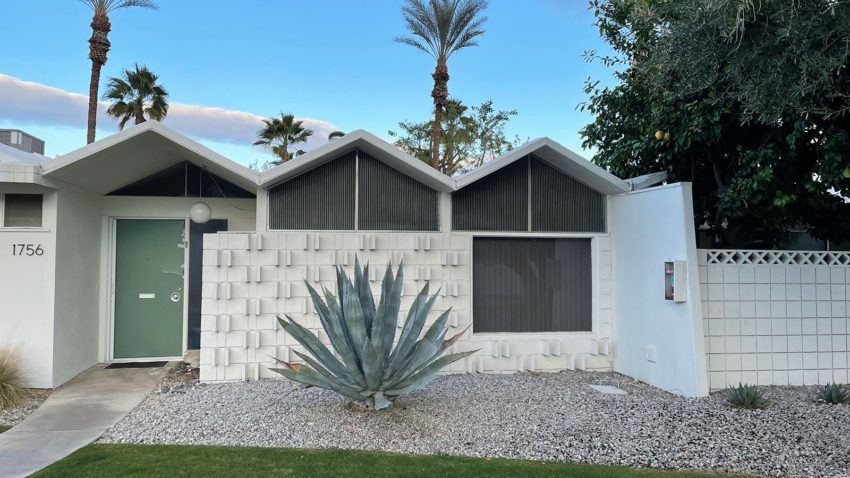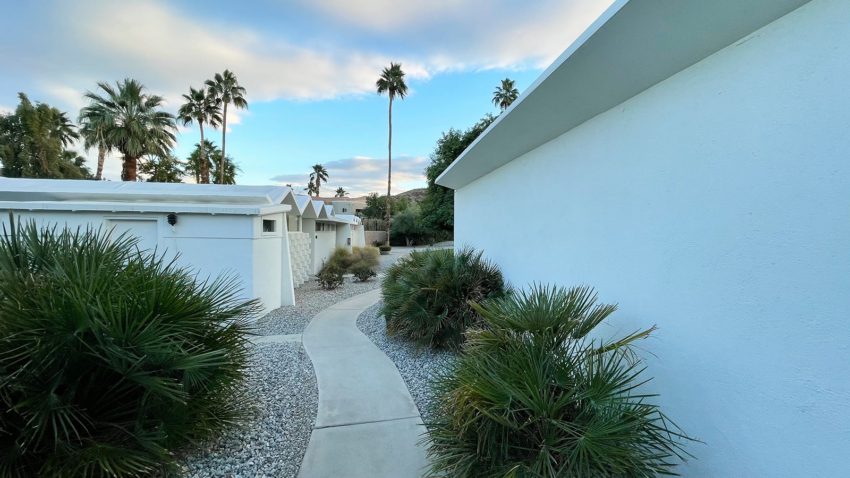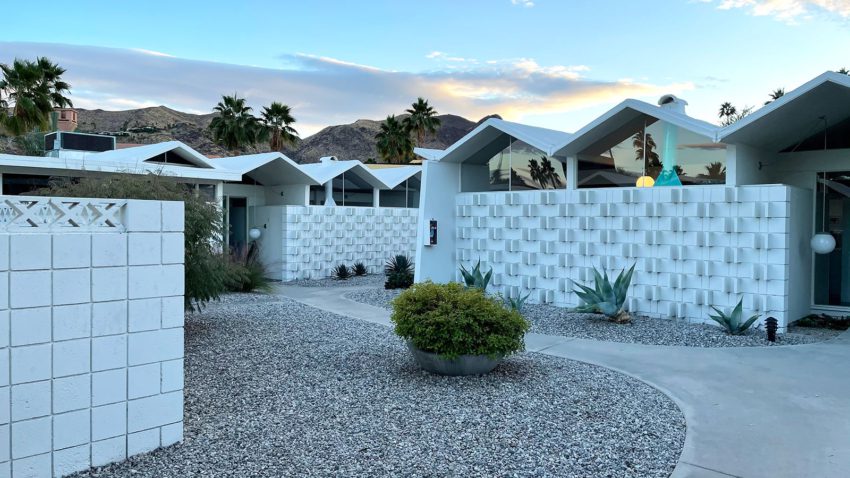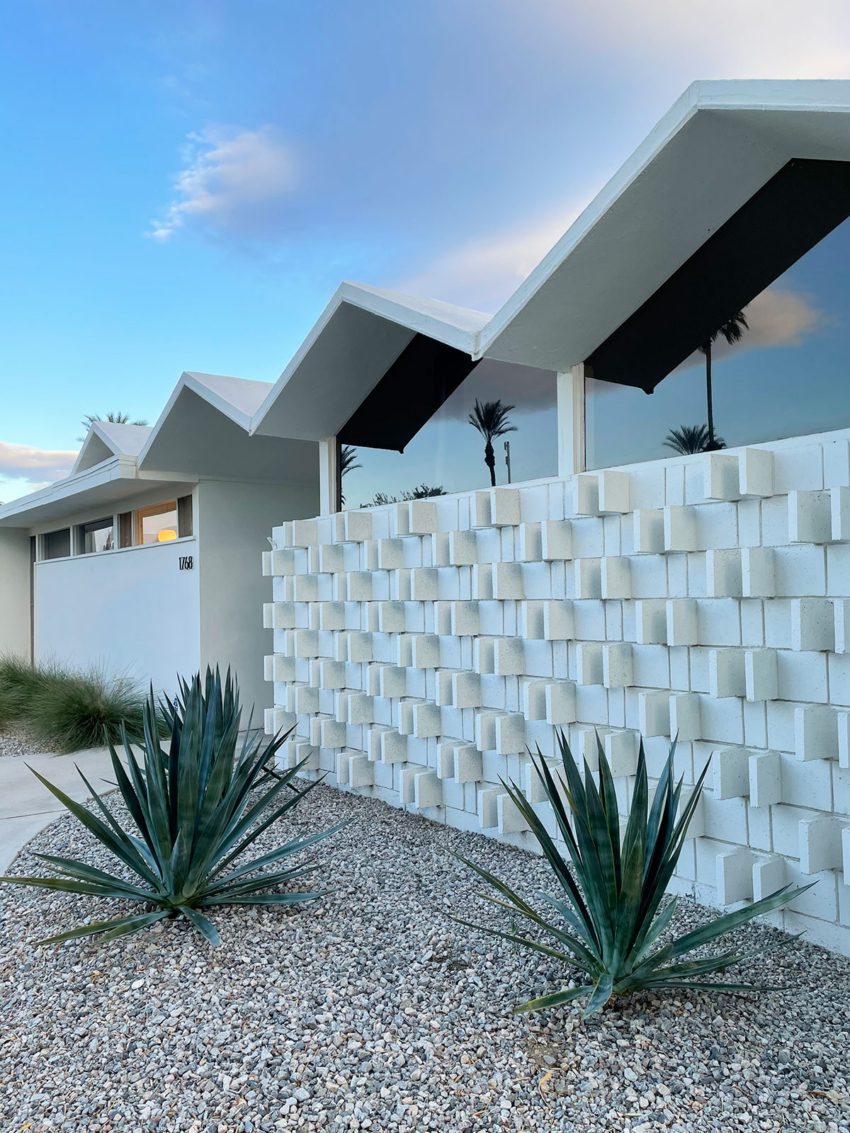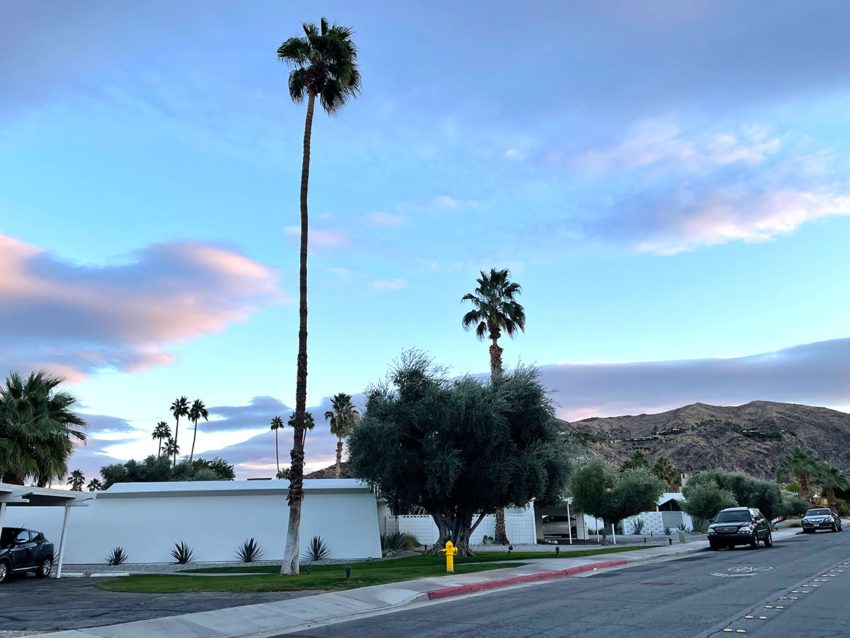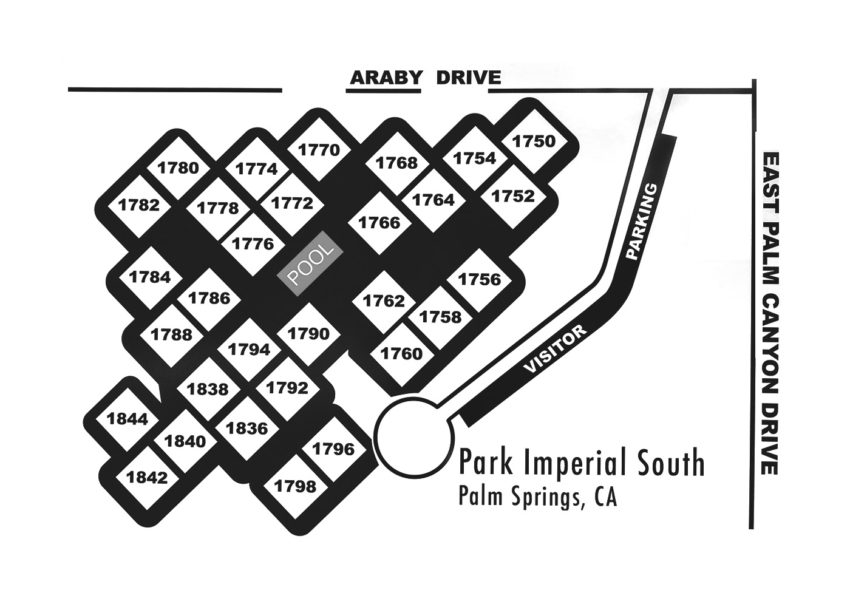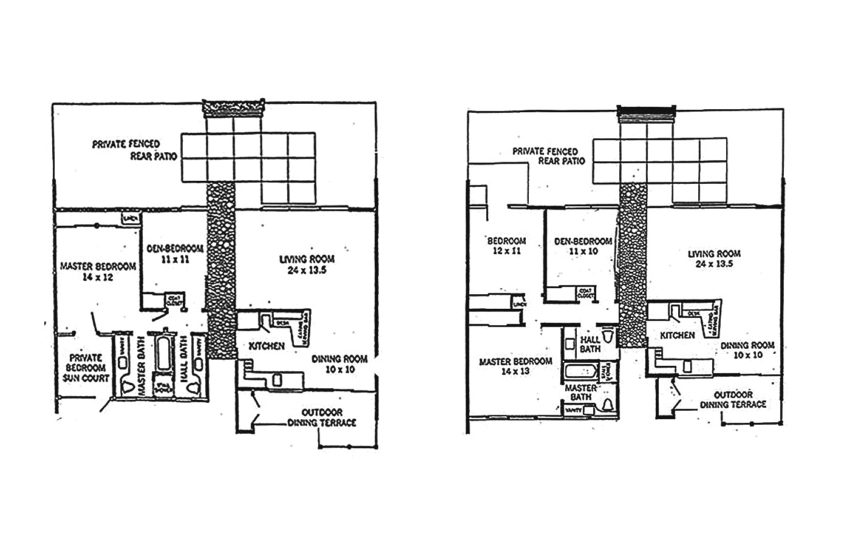Park Imperial South Residences is a stunning community of 30 units located on a spacious 3.5-acre lot in beautiful South Palm Springs. The community was completed in 1960 by the renowned modernist architect Barry Berkus. Each unit boasts a single-story floor plan consisting of 2 bedrooms, a den, and 2 bathrooms, all contained within 1,426 sq ft of living space.
This community is widely celebrated for its iconic mid-century modern style, characterized by its folded plate roofs, terrazzo floors, and especially its striking, creative decorative concrete blocks. These unique design elements have been expertly crafted to reflect the area’s natural surroundings and create a harmonious indoor and outdoor living blend.
Park Imperial South Residences has become a popular destination for architecture enthusiasts and design fans, and it is no surprise why. The community has been meticulously preserved and updated over the years, ensuring its unique style and charm will endure for generations.
Park Imperial South Residences Technical Information
- Architects: Barry Berkus
- Location: Palm Springs, United States
- Topics: Mid-Century, American Houses, Palm Springs Architecture
- Area: 1,426 sq ft per unit
- Project Year: 1960
- Photographs: © ArchEyes
I have a particular fondness for rooms which are virtually surrounded by light and have a solarium effect.
– Barry Berkus1
Park Imperial South Residences Photographs
The Midcentury Masterpiece of Park Imperial South Residences
Park Imperial South was, importantly, Berkus’ very first built project, completed when he was just 25 years old. He had just finished studying at the University of Southern California, learning from architects Conrad Buff and Richard Neutra. Neutra, renowned for his work on the Kaufmann Desert House in Palm Springs, significantly influenced Berkus. After his studies, he landed an internship with William Cody, a master of modernism, in Palm Springs. Inspired by Quincy Jones, Cliff May, and the Eichler homes, Berkus focused on residential architecture, drawing from the seamless integration of indoor and outdoor spaces exemplified by the Kaufmann House.
This would begin Berkus’ long career designing houses in America under his studio, B3 Architects. However, rather than the lightweight rooflines and glass facades, his later works showed more allegiance to Frank Lloyd Wright than William Cody and later post-modernism.
Berkus did another significant project in Palm Springs, Merito Manor. The homes in both communities have the same folded plate roofs and the same floor plans, but Merito Manor has only 10 units, while Park Imperial South has 30.
The original condominium was skillfully zoned and executed with floor-to-ceiling windows and sliding glass doors overlooking private walled courtyards. The condominium walls facing public spaces were designed with clerestory windows sitting above decorative concrete block walls.
When it opened in 1960, it was marketed as a new concept for living at home with resort-style services. ‘Park Imperial is footstep close to a perpetual holiday,’ read the sales brochure.
Each 1,426 sq ft unit has an identical plan with a built-in central bar area for entertaining and a ‘runway’ of cream-colored terrazzo that flows from the entrance to the patio doors. Unique original interiors include the drop pendant globe lights, abstract steel exhaust hoods, and a ceramic tile at each entrance.
The three-and-a-half-acre development of 30 homes connected by curvy plant-lined paths are held in high architectural esteem by desert modern aficionados. The experimental folded plate roofs of the units tested the span of stress skin panels, leaving columnless space for open-plan living inside. The geometric roofline zig-zags against the mountain backdrop and casts sculptural light into the interiors.
Each 1,426 sq ft unit has an identical plan with a built-in central bar area for entertaining, and a ‘runway’ of cream-colored terrazzo flows from the entrance to the patio doors. Unique original interiors include drop pendant globe lights, abstract steel exhaust hoods, and ceramic tile at each entrance.
In addition to their folded plate roofs, the homes are distinguished by their convertible dens or third bedrooms. They were partitioned off by what could only be described as a shoji screen. The screens stack to one side and are very decorative elements. When you needed to close off that den/convertible bedroom, the shoji screen slid along a track, and that room was closed off and truly made a convertible space.
The shoji screens were also employed across the kitchen opening, where they stack on either side of the room’s opening. So when the host or cook wants, they can slide the screens across, and the kitchen is closed off.
Nowadays, most homes retain their original midcentury details.
Later in his career, architect Berkus wrote in his book Sculpting Space, published in 2002: ‘I have a particular fondness for rooms which are virtually surrounded by light and have a solarium effect.’
Park Imperial South Residences Plans
Park Imperial South Residences Image Gallery

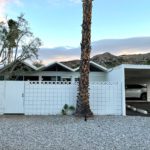
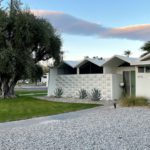
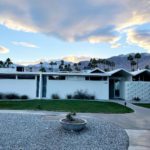
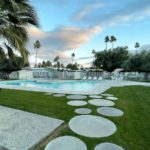
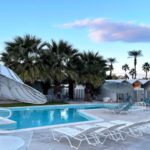
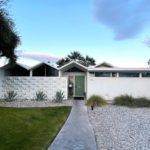
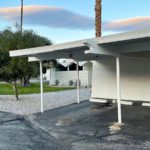

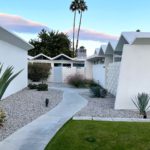
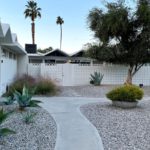
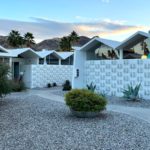
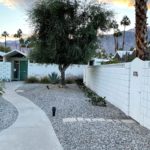
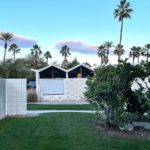
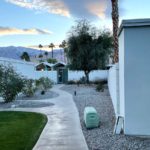

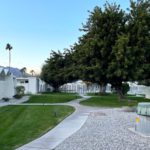
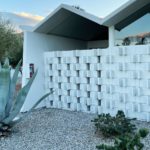
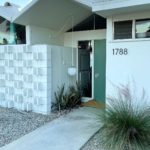
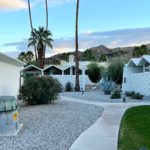

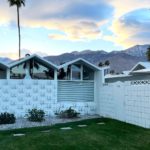
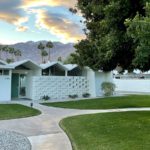
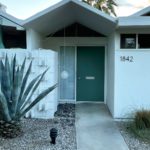
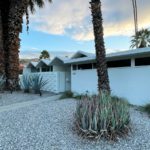
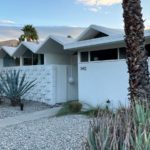
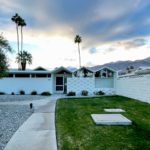

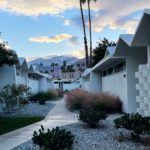
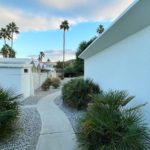
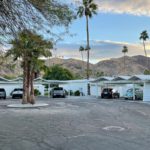
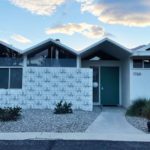
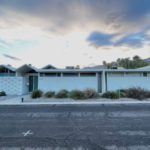
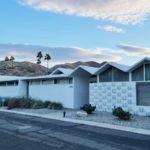
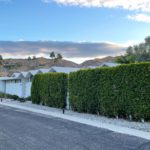
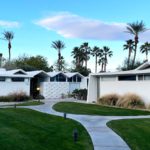
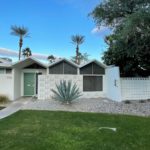
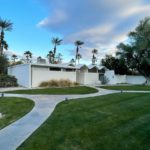
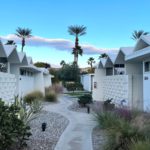
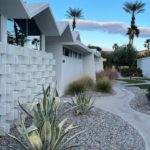

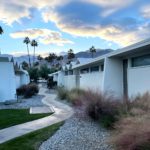
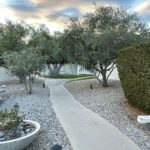
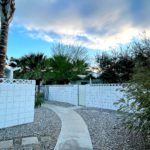


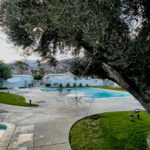
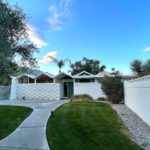
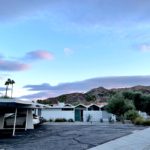
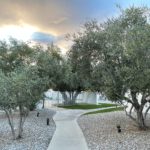

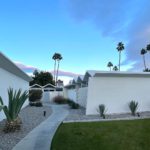

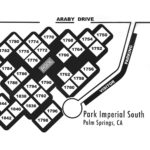
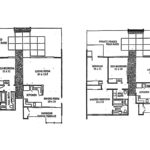
About Barry Berkus
Barry Berkus (1935 – 2012) was an American architect, author, and art collector. He established an architectural firm in Santa Barbara in the 1970s, with offices across the United States of America and the world.
Berkus studio designed thousands of houses, helped write building codes, and developed new towns in Japan. Berkus was primarily an “architect of mass-market housing.” His work included resort and master-planned communities, urban infill, commercial and institutional projects, and custom homes.
- Sculpting Space by Barry Berkus, 2002

